Related Research Articles

Alma Lucy Reville, Lady Hitchcock was an English screenwriter and film editor. She was the wife of film director Alfred Hitchcock. She collaborated on scripts for her husband's films, including Shadow of a Doubt, Suspicion, and The Lady Vanishes, as well as scripts for other directors, including Henrik Galeen, Maurice Elvey, and Berthold Viertel.

Margaret Livingston, sometimes credited as Marguerite Livingstone or Margaret Livingstone, was an American film actress and businesswoman during the silent film era. She is remembered today as "the Woman from the City" in F. W. Murnau's 1927 film Sunrise: A Song of Two Humans.
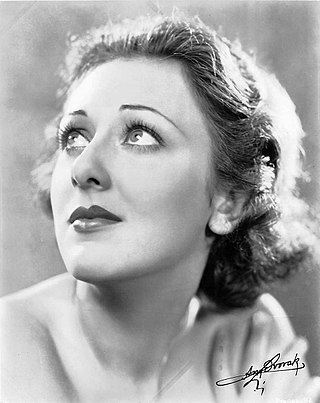
Ann Dvorak was an American stage and film actress.
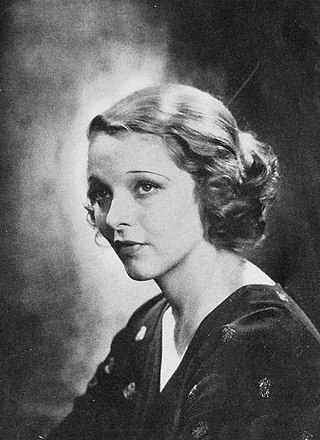
Sally Blane was an American actress who appeared in more than 100 movies.

Evelyn Preer, was an African American pioneering screen and stage actress, and jazz and blues singer in Hollywood during the late-1910s through the early 1930s. Preer was known within the Black community as "The First Lady of the Screen."
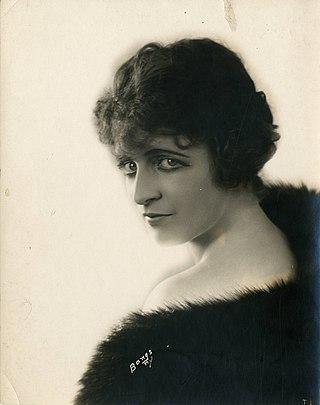
Olive Tell was a stage and screen actress from New York City.

John Miljan was an American actor. He appeared in more than 200 films between 1924 and 1958.

Alice Burton Russell was an African-American actress, producer, and the wife of director Oscar Micheaux. She appeared in several films directed by her husband.
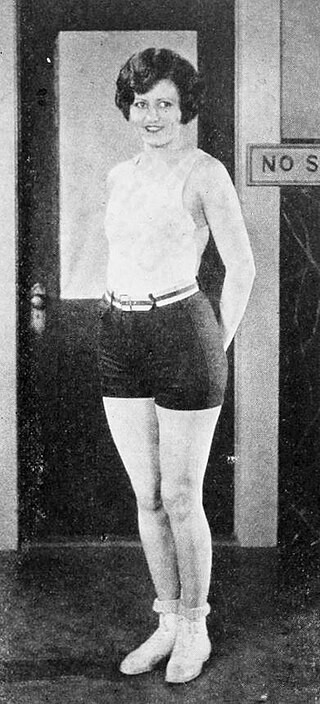
Addie McPhail was an American film actress.
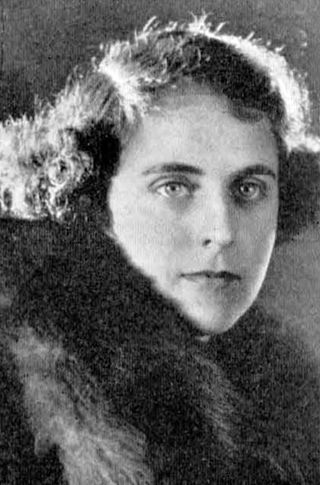
Bradley King was the pen name of Josephine McLaughlin. She was a screenwriter who wrote 56 scripts for films between 1920 and 1947. All but one of her 40 silent films are lost, but most of her 20 or so sound films still exist.
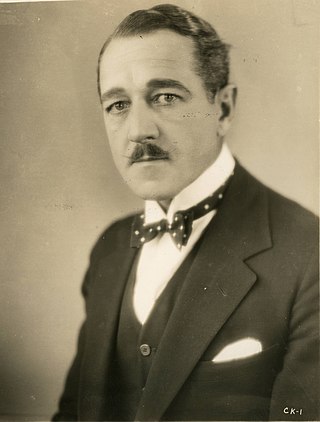
Crauford Kent was an English character actor based in the United States. He has also been credited as Craufurd Kent and Crawford Kent.
Blanche Irene Sewell was an American film editor. She was best known mainly for her work at Metro-Goldwyn-Mayer studios from 1925 until her death in 1949.
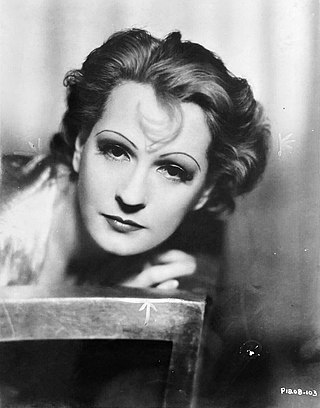
Juliette Compton was an American actress whose career began in the silent film era and concluded with That Hamilton Woman in 1941.

Conrad Albinus Nervig was an American film editor with 81 film credits.

Blanche L. Friderici was an American film and stage actress, sometimes credited as Blanche Frederici.

Joseph Ashurst Jackson was an American screenwriter, playwright and publicist who was nominated for the now dead category of Best Story at the 4th Academy Awards. He was nominated alongside Lucien Hubbard. They were nominated for Smart Money.

Viola Mallory Lawrence is considered by many to be the first female film editor in Hollywood. She was nominated twice for the Academy Award for Best Film Editing: for Pal Joey (1957), with Jerome Thoms; and for Pepe (1960), with Al Clark.

Ann Brockman (1895–1943) was an American artist who achieved success as a figurative painter following a successful career as an illustrator. Born in California, she spent her childhood in the American Far West and, upon marrying the artist William C. McNulty, relocated to Manhattan at the age of 18 in 1914. She took classes at the Art Students League where her teachers included two realist artists of the Ashcan School, George Luks and John Sloan. Her career as an illustrator began in 1919 with cover art for four issues of a fiction monthly called Live Stories. She continued providing cover art and illustrations for popular magazines and books until 1930 when she transitioned from illustrator to professional artist. From that year until her death in 1943, she took part regularly in group and solo exhibitions, receiving a growing amount of critical recognition and praise. In 1939 she told an interviewer that making money as an illustrator was so easy that it "almost spoiled [her] chances of ever being an artist." In reviewing a solo exhibition of her work in 1939, the artist and critic A.Z Kruse wrote: "She paints and composes with a thorough understanding of form and without the slightest hesitancy about anatomical structure. Add to this a magnificent sense of proportion, and impeccable feeling for color and an unmistakable knowledge of what it takes to balance the elements of good pictorial composition and you have a typical Ann Brockman canvas."
Frances Hyland was an American screenwriter active between the late 1920s and the late 1940s. She was the first woman hired as a "gagman" at a film studio, and she wrote dozens of comedic scripts over the course of her career.
Alyson Shaffer (1894-1974) was an American film editor active during the late 1920s and early 1930s. She worked at Paramount and collaborated with filmmakers like William A. Wellman. Her first known credit was on 1928's The Legion of the Condemned.
References
- 1 2 "4 Oct 1960, 15 - The Evening Sun at Newspapers.com". Newspapers.com. Retrieved 2019-03-08.
- ↑ Olsen, Kirstin (1994). Chronology of Women's History. Greenwood Publishing Group. ISBN 9780313288036.
- ↑ "LAWRENCE, VIOLA – Edited By". “Women. Retrieved 2019-03-08.[ permanent dead link ]
- ↑ Film Daily; Film Daily (1932). Film Daily Year Book (1932). Media History Digital Library. New York, The Film Daily.